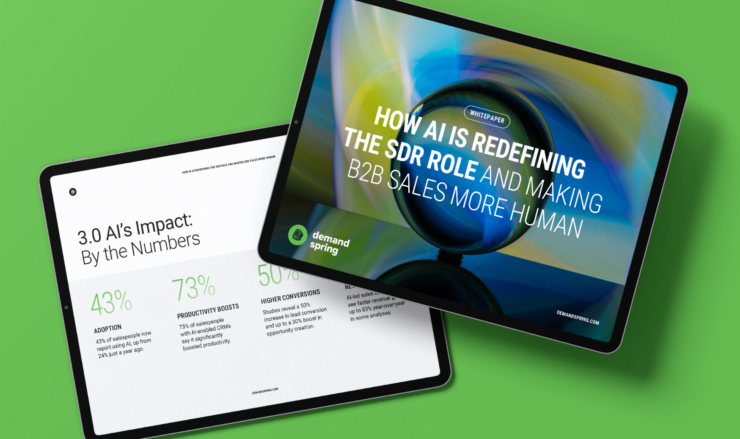Reporting has become an indispensable skill for every modern marketer. As the landscape evolves, marketing automation platforms demand better insights to answer complex questions from stakeholders. In this article, I, Wolmar Hernadez, a Marketing Technology Consultant at Demand Spring, will walk you through the key components that make a successful report, enabling you to create compelling and informative dashboards and infographics.
Not long ago, I used to provide stakeholders with basic email metric reports. However, with the evolution of marketing automation platforms, I quickly realized the need for more sophisticated reporting to meet stakeholders’ demands.
Tabular tables, the simplest form of data presentation, do not convey meaningful insights. However, by grouping data and creating summarized tables with totals, subtotals, and counts, we can provide stakeholders with valuable information. Excel pivot tables are an excellent example of summarized tables.
Types of Graphs for Dashboards and Infographics:
1. Comparison Graphs:
Column, bar, and stacked bar graphs are ideal for comparing individuals or teams over time. Common use cases include email metrics, website traffic, and marketing conversions.
2. Progress Graphs:
Line and area charts reveal progress over time. Area charts, with color-coded sections, are especially useful for displaying part-to-whole relations between measures, like sales reps’ total sales contributions and lead generation by creation date.
3. Share Graphs:
Pie and donut charts represent sections that together form a whole, with each section as a percentage. They are effective for displaying customer personas database, total email metrics with channels, and lead databases.
4. Metric Graphs:
Gauge and metric graphs display single numbers. Gauges with performance ranges, grouped as good, average, and low, are commonly used for presenting totals, subtotals, or answering specific questions, such as the total number of emails sent, unsubscribed recipients, and closed won opportunities.
5. Other Graphs:
- Table charts are suitable for displaying few rows and columns, best for largest/smallest email sent by email name and campaign performance by conversion.
- Scattered charts (bubble and dot plot) group data points into buckets, making them ideal for displaying best and worst email performers, personas, and A/B testing results.
- Funnel charts show multiple groups across a lifecycle and work well for pipelines, lead cycles, sales cycles, and nurture programs.
- Treemap charts split a rectangular area into smaller rectangles of different sizes and colors, great for displaying programs with the most email sends.
After creating your dashboard, it’s essential to ensure that graphs are easy to read. Avoid cluttering graphs with too many categories and use different opacity levels and colors for better readability.
Mastering marketing reporting is vital for delivering valuable insights to stakeholders. Also, with the knowledge of various graph types and best practices, you can create impactful dashboards and infographics that convey your marketing performance effectively. Share this article with your peers and unlock the power of reporting in your marketing endeavors. Contact us to discuss how we can streamline and optimize your Marketo instance or learn more about our Marketo services!



